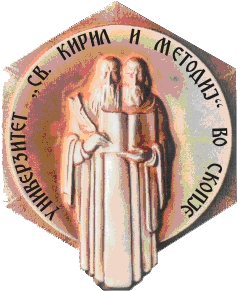VOL 70_2016/106
EVALUATION OF BREAD WHEAT GENOTYPES WITH DIFFERENT PHENOLOGICAL CHARACTERS IN TERMS OF RESISTANCE TO SUNN PEST DAMAGE
Akyürek, S.1, Başer, İ.2*
1 Ministry of Food, Agriculture and Livestock, Tekirdağ Directorate of Provincial Agriculture
2 Namık Kemal University, Agricultural Faculty, Field Crops Department, Tekirdağ-Turkey
* corresponding author: ibaser@nku.edu.tr
Abstract
The research was conducted with 23 different varieties in field condition and closed area in 2010 and 2011. Twenty three bread wheat varieties were grown in open fields and closed areas in Faculty of Agriculture, University of Namik Kemal experimental area. The nifm number, sunn pest damage ratio, black point, protein ratio, moisture ratio, sedimentation rate, retarded sedimentation rate, gluten rate and index in the bread wheat varieties were examined. The highest sunn pest damage rate in the samples grown in field condition was found from Tekirdağ sample with 3,08 % and followed by Alga, Renan, Sadova, Geya and Krasnodarskaya-99 samples. The lowest damage rate was obtained from Enola and Dropia with 1,60 %; Krasunia with 1,63 %. In bread wheat samples grown in closed areas, the sunn pest damage rate increased considerably and measured between 4,93-12,75%. According to the average of two seasons, the highest sunn pest damage rate was obtained respectively from Geya, Tekirdağ, Renan and Sadova samples. The lowest damage rates were obtained from Gelibolu, KateA-1, Krasunia and Dropia samples. When the quality features were analysed, gluten, gluten index, zeleny sedimentation and retarded sedimentation values reduced substantially in comparison with values obtained outdoors. Retarded sedimentation values in all samples were at a quite low level that making the crop useless.
Key words: Sunn pest, quality, sunn pest rate, sedimentation, gluten.
Languages:
Pages:
VIEW FULL TEXT (PDF) << BACK



